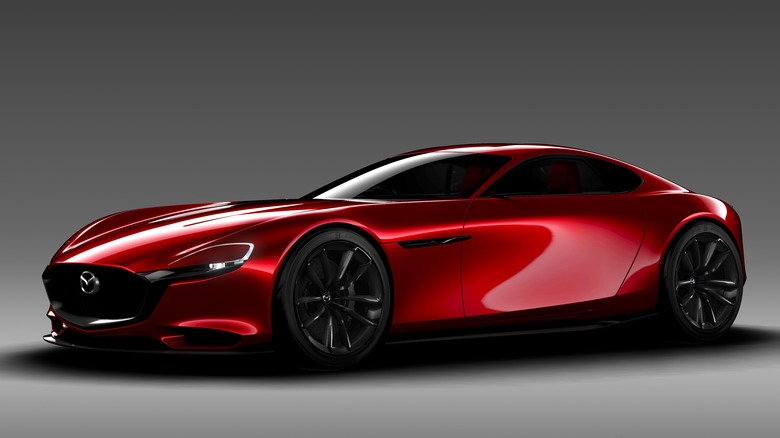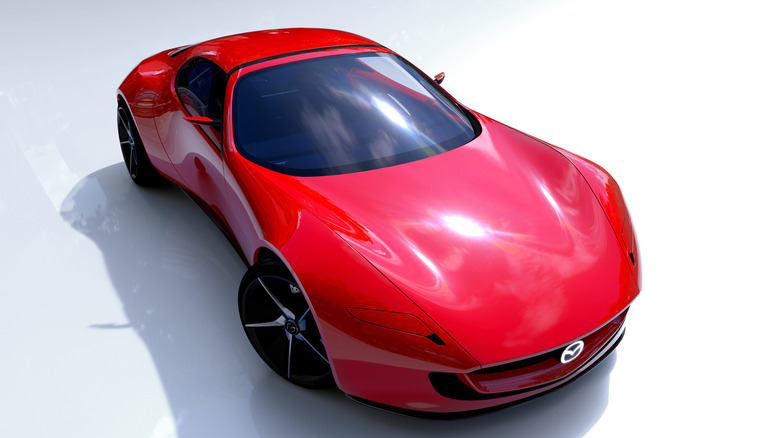What Is Mazda's Kodo Design Language And How Did It Shape A Generation Of Timeless Cars?
Mazda's Kodo design language, first introduced in 2010, combines energy, rhythm, and vitality into forms that are distinctively Japanese in their elegance and style. Also known as "Soul of Motion", it reflects the Japanese concept of 'less is more,' in which simplicity produces truly beautiful shapes in the sheet metal of its concept cars, which are then translated to its production cars. In the words of Mazda's Design Chief Ikuo Maeda, "To us, a car is more than just a means of transport or a mass of metal. It should be a vital presence in people's lives, like a friend or family member. That's why the Kodo design philosophy is all about breathing life into the very form of our cars."
The expression of Mazda's Kodo design language can be seen in some concept cars that Mazda has produced and displayed at various auto shows around the world since 2010's Shinari concept. These include the RX-Vision, which won "Most Beautiful Concept Car of the Year" at the 31st Festival Automobile International in 2016. The RX-Vision was followed up by two more concept vehicles, the Mazda Kai Concept and the Mazda Vision Coupe, both of which were revealed at the October 2017 Tokyo Motor Show. A few years later, in late 2023, the Mazda Iconic SP, a compact sports car concept, was shown at the Tokyo Mobility Show. Mazda models like the RX-8 and Miata RF are already considered future classics.
How did Mazda's Kodo design language shape a generation of timeless cars?
Some Mazda concept cars hint at vehicle types unlikely to be built, such as the RX-Vision, predicting the rebirth of a rotary engine-powered car. But others can directly reflect where certain Mazda products are heading in the near future. One of these is the Iconic SP, shown above, which could be a logical design evolution for the upcoming fifth-generation Mazda MX-5 Miata. Mazda's designers have also included the tenets of the Kodo design language during the refresh of an existing design, such as when the second-generation Mazda CX-5 was updated in 2022.
There have been some other Mazda Kodo-design concept cars that directly reflected Mazda's upcoming production cars. The 2011 Minagi concept was a dead ringer for the original Mazda CX-5. The Takeri concept from the same year looked incredibly similar to the Mazda6 sedan that it preceded. Another was the Kai Concept, which was nearly identical to the Mazda3 hatchback that premiered at the LA Auto Show on November 8, 2018. Our reviewer found the Mazda3 to be a reminder of what matters. The Mazda MX-30 EV, which Mazda axed, failed in the marketplace due to its extremely limited range, but it did push Mazda's Kodo design language in a new, more utilitarian direction. Mazda has also encouraged its designers to create non-automotive objects that follow its Kodo design language, resulting in award-winning objects like a knife, bowl, dress, chair, and even a perfume.

